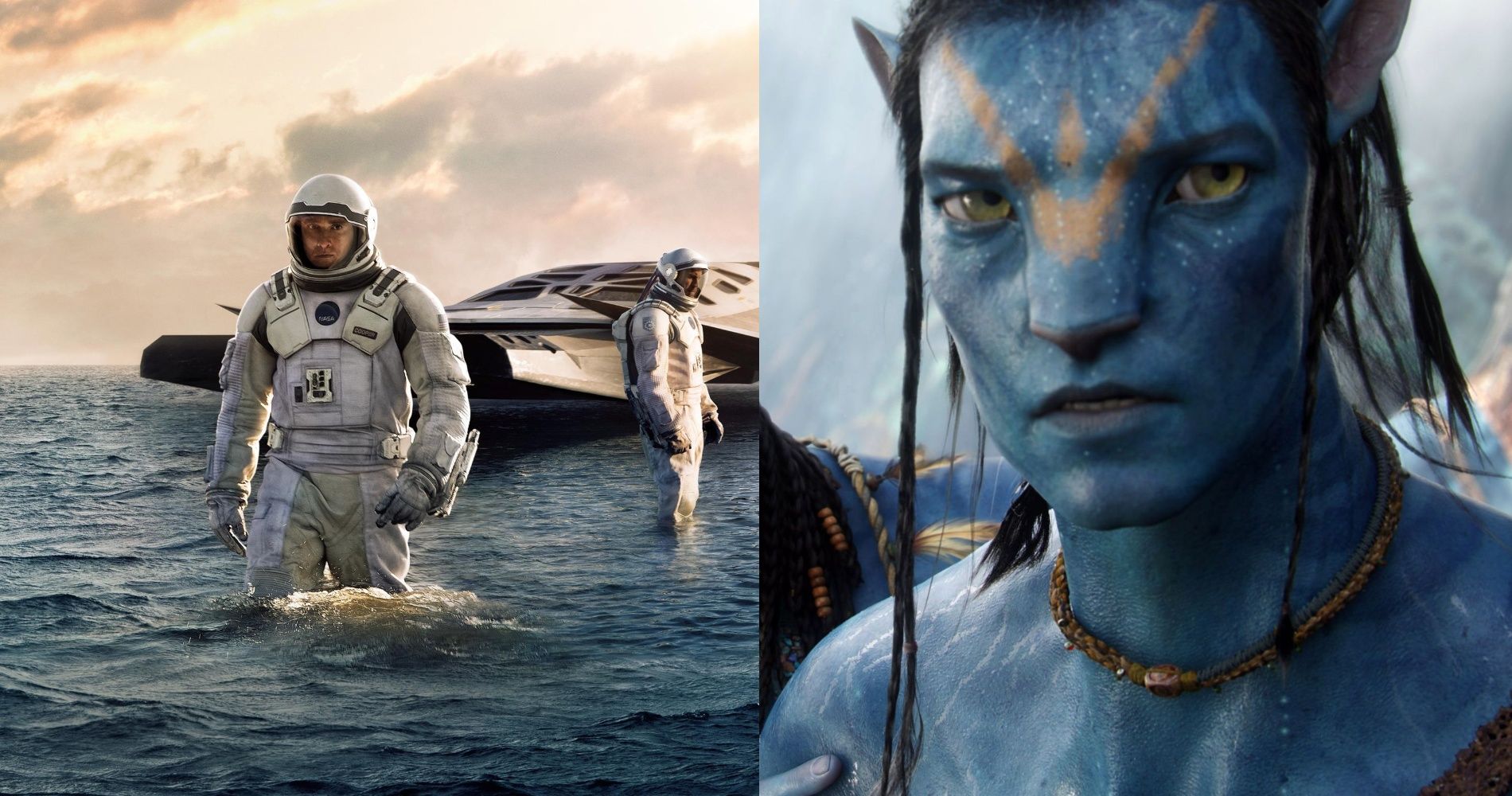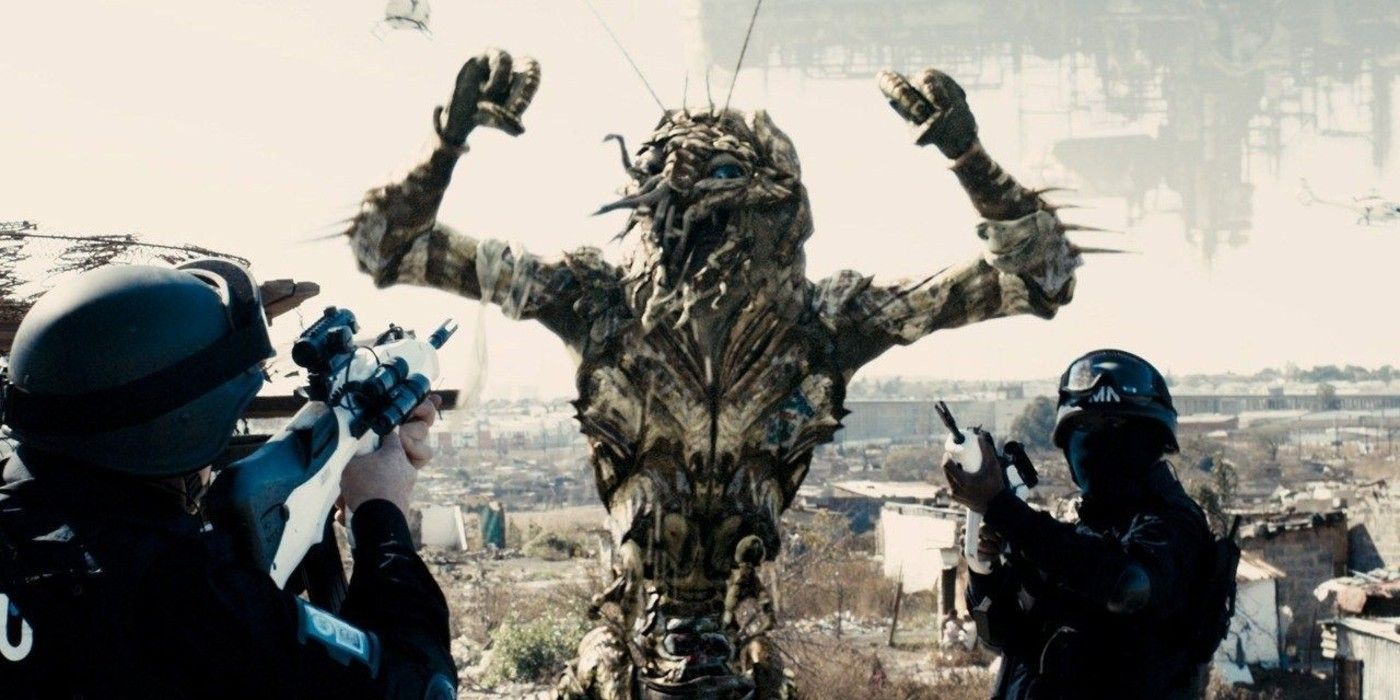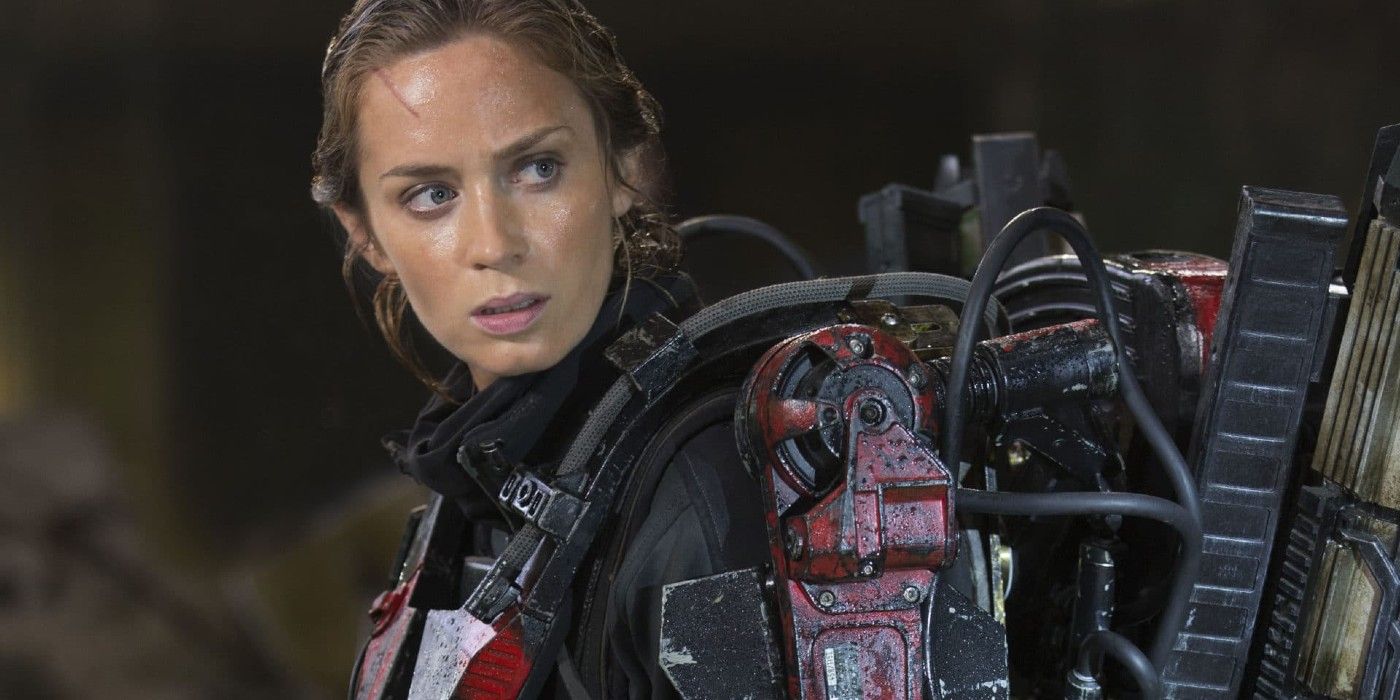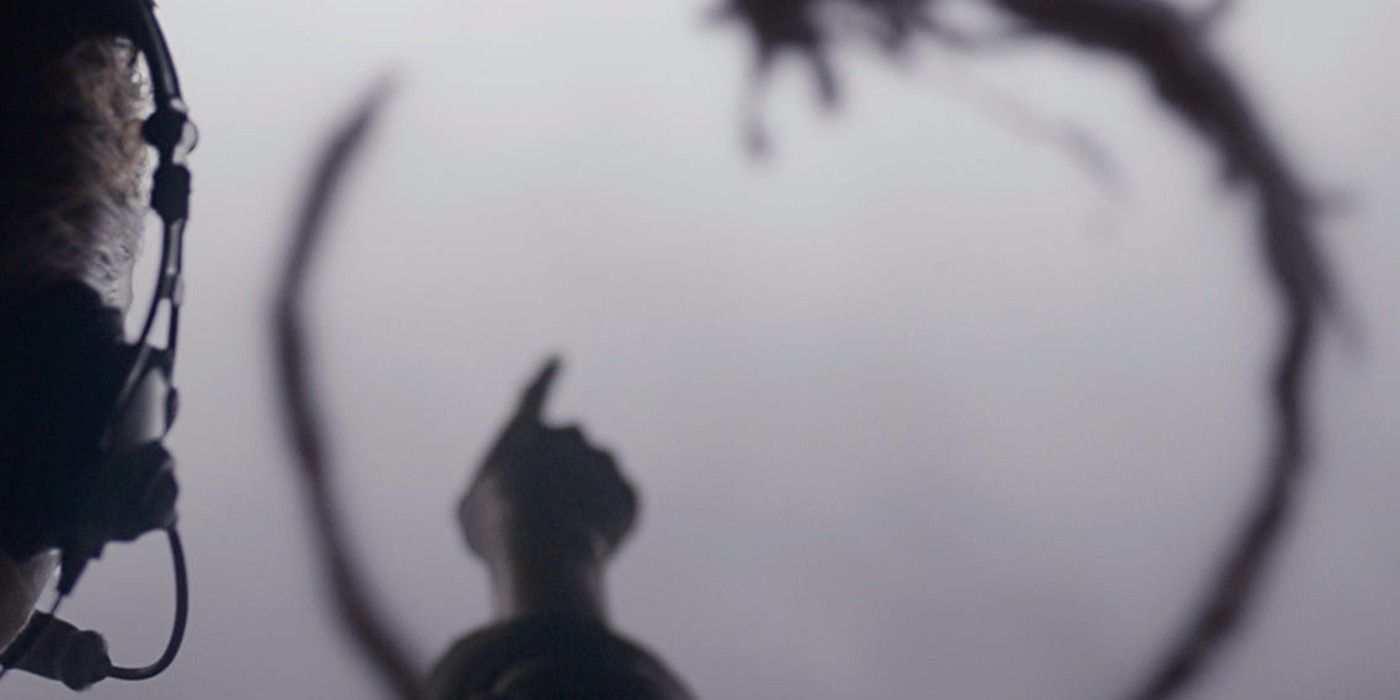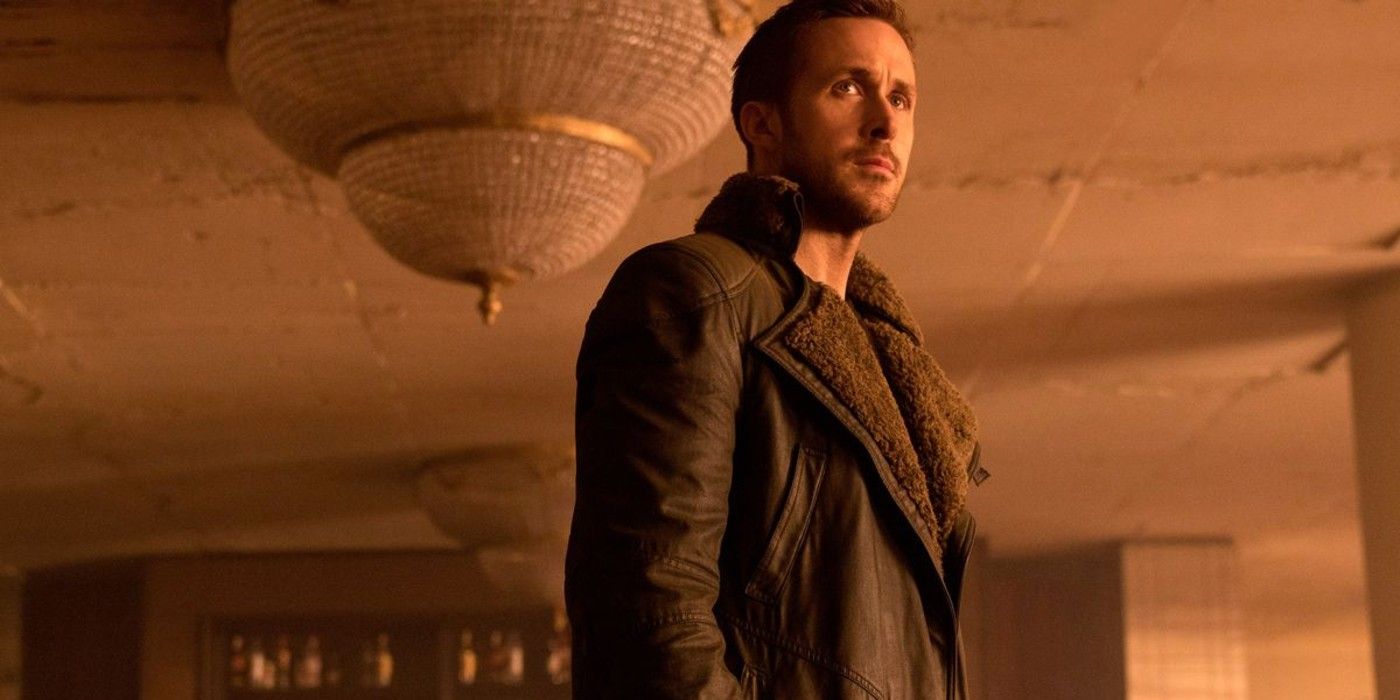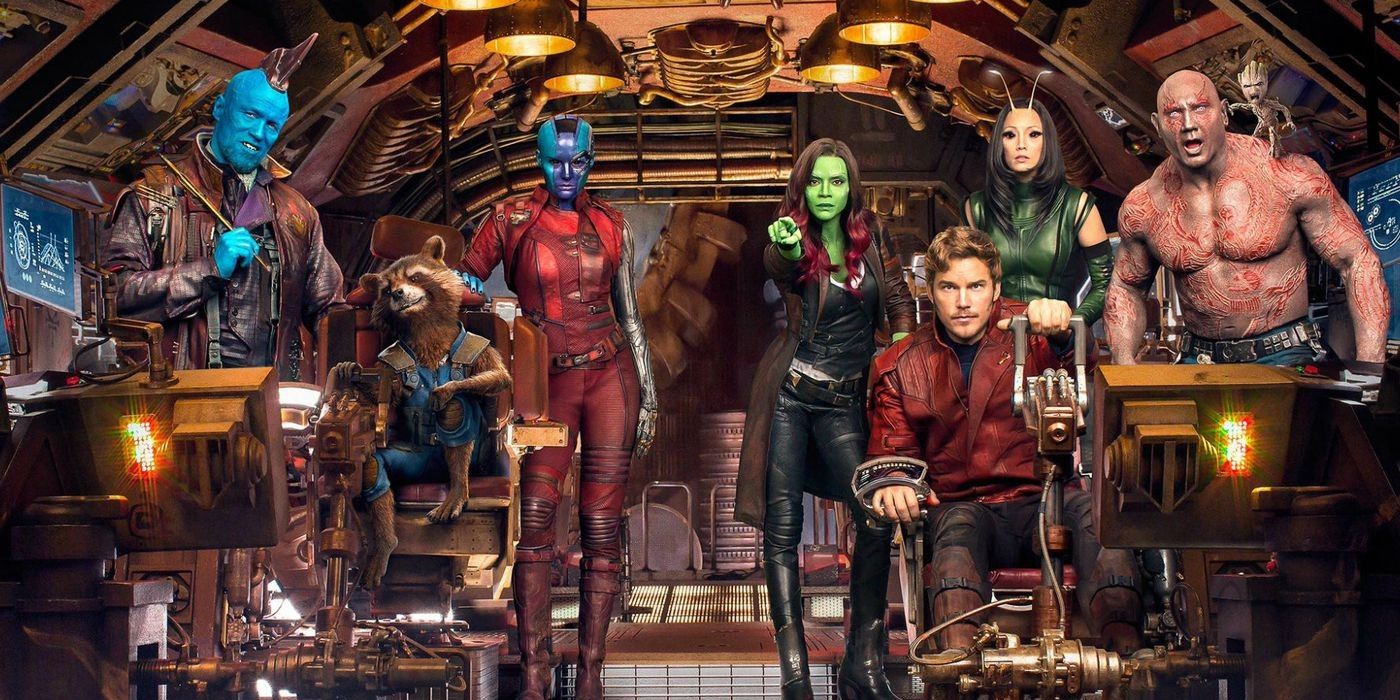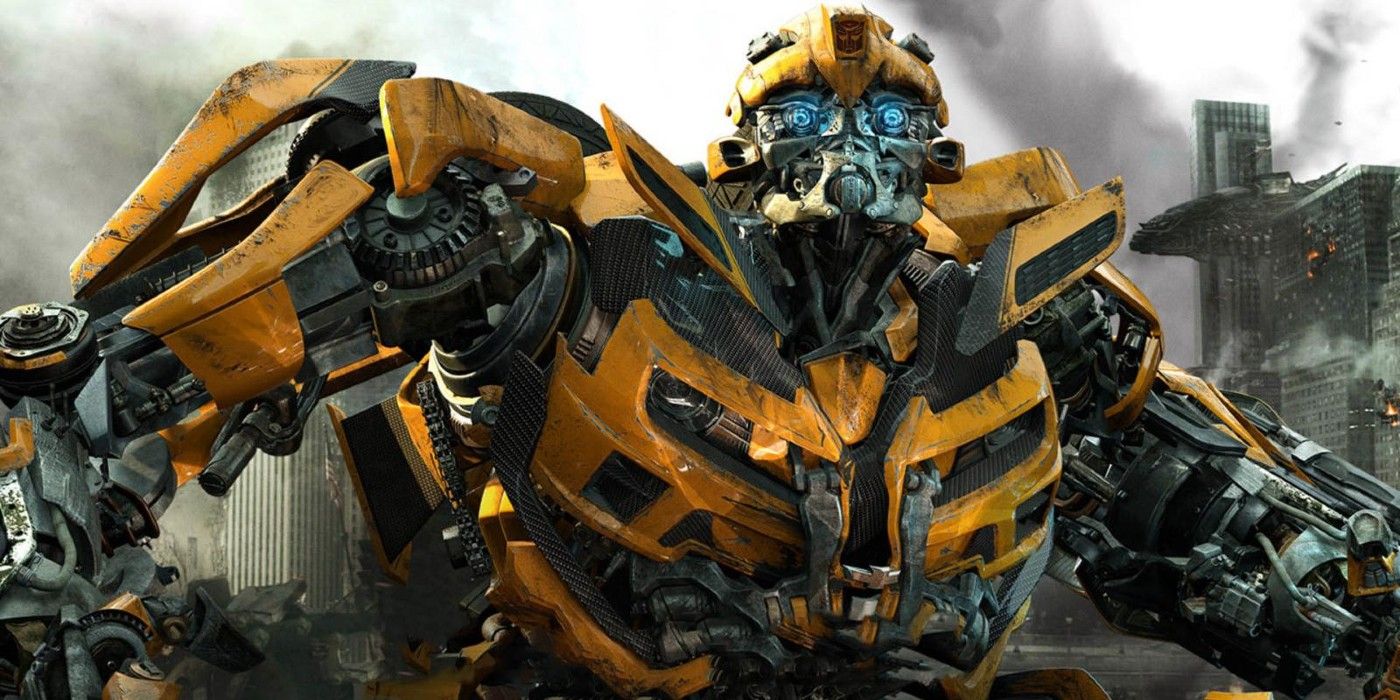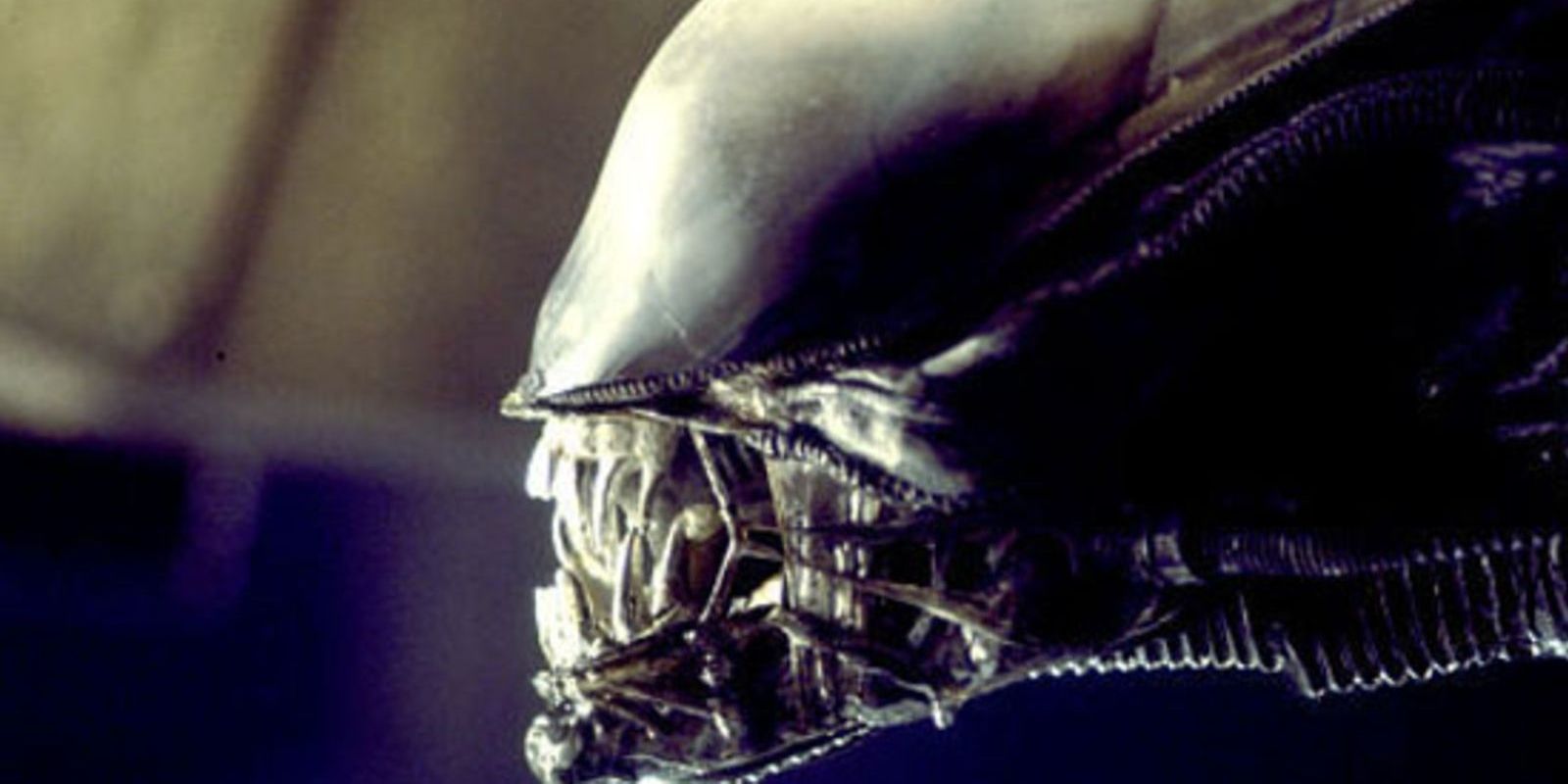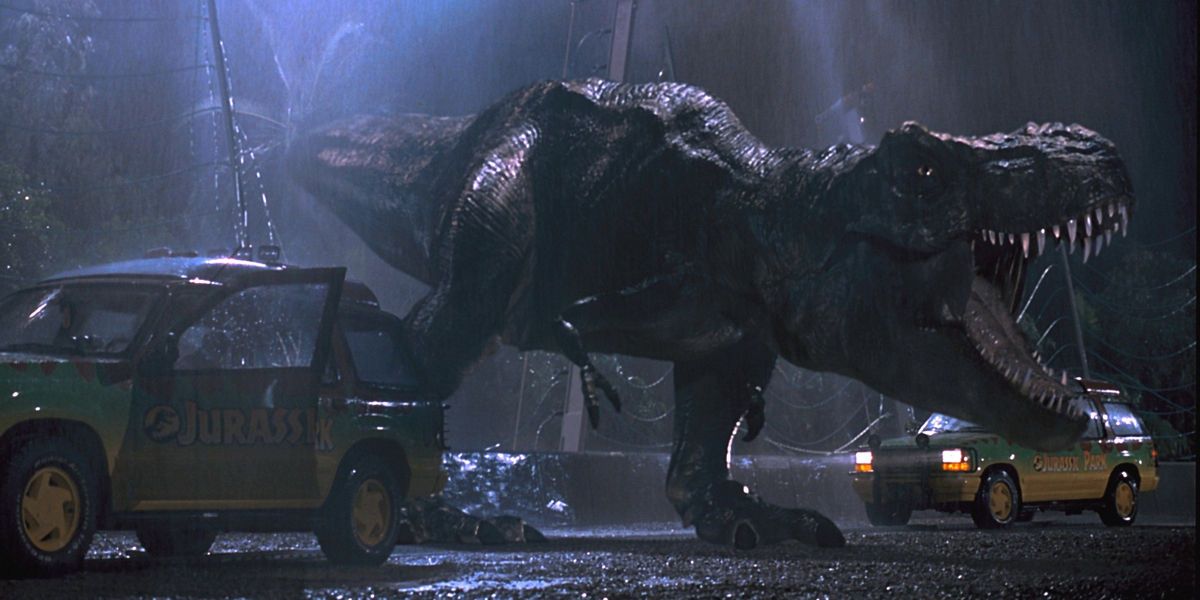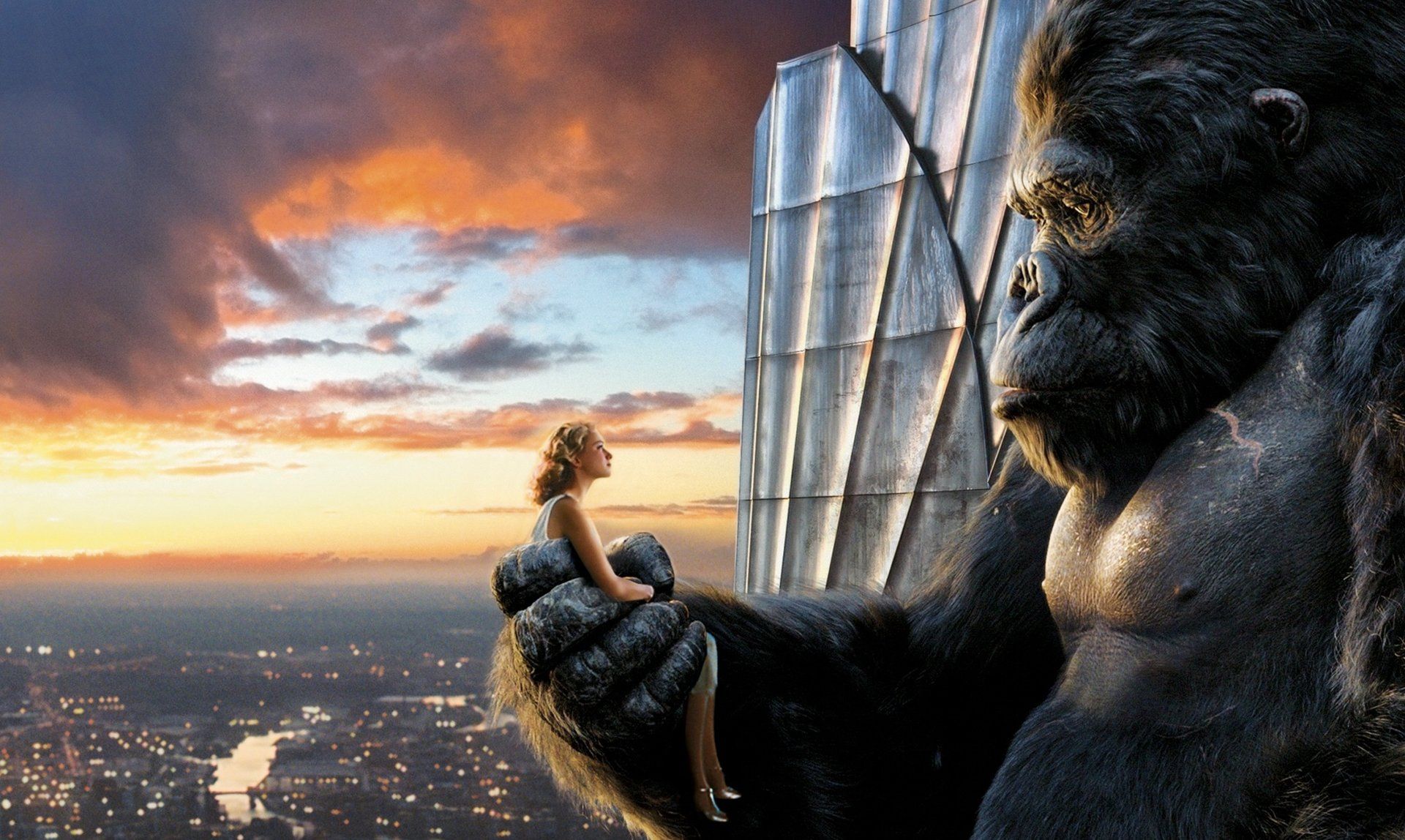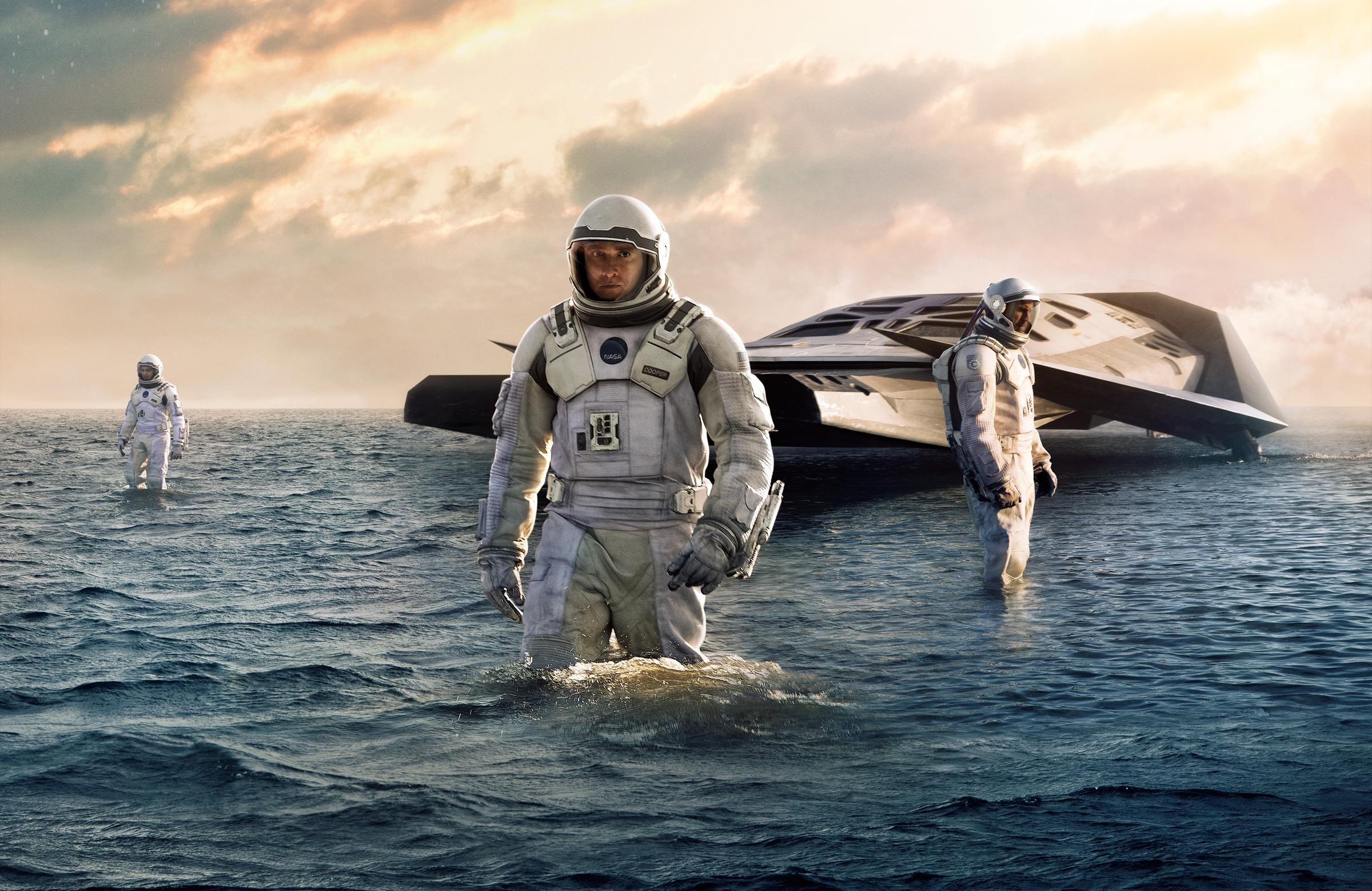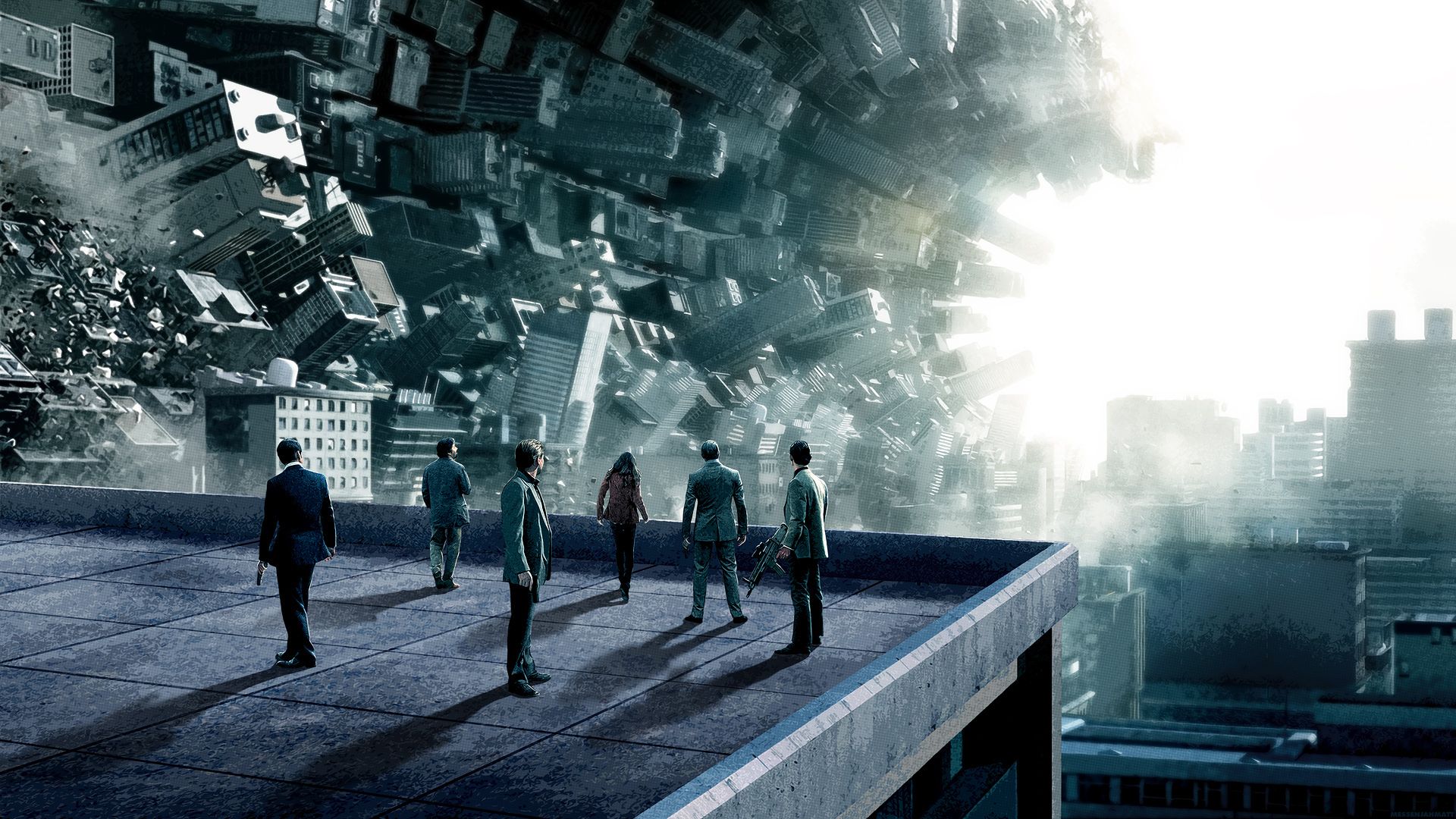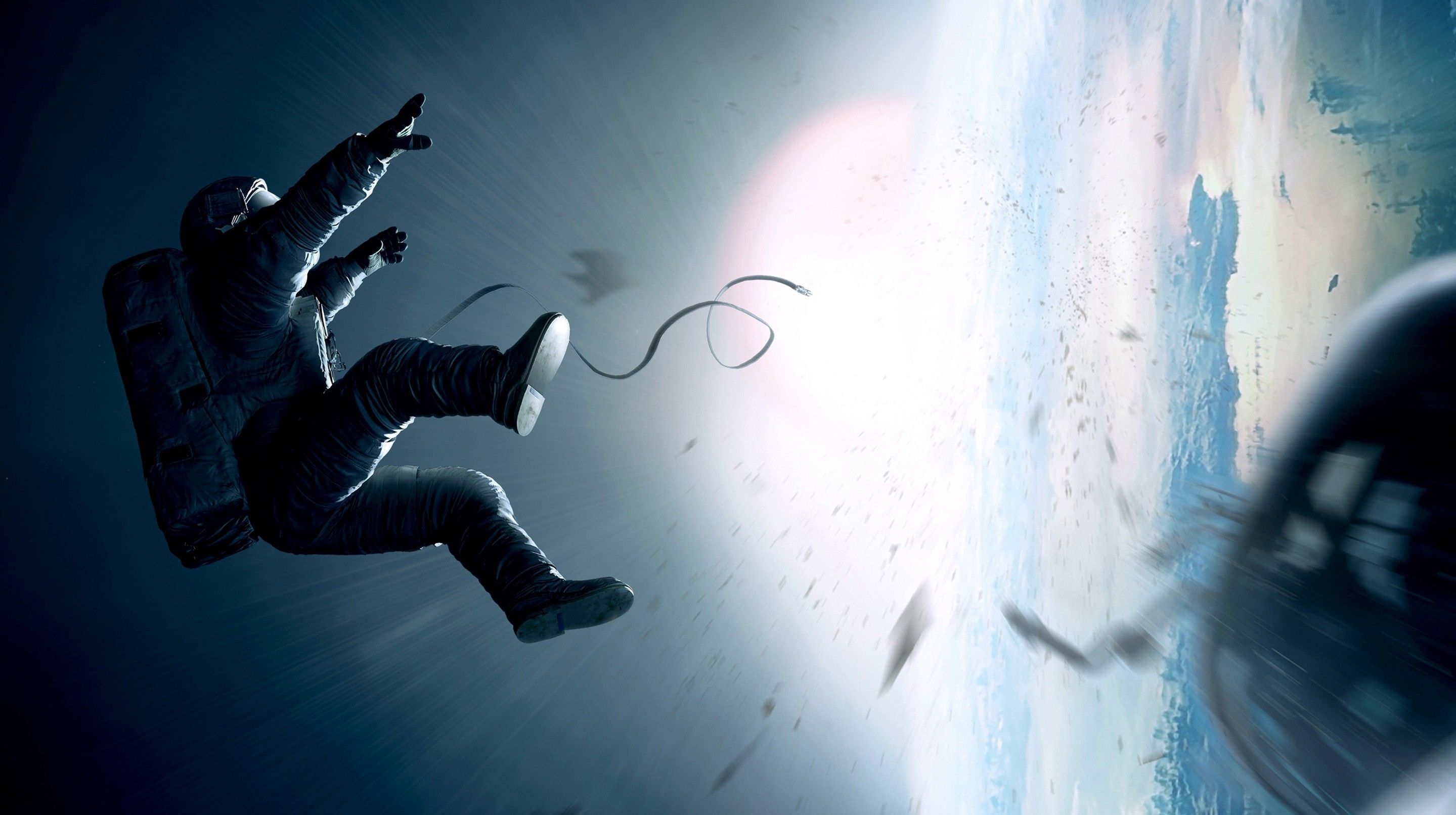Although it would be nice if humans could roll through dinosaur-filled amusement parks in giant hamster balls, we can't always get what we want. Science fiction films are called "fiction" for a reason. They're meant to tell a story, and in the process, they often bend the rules of science. But the writers of these films often cover up the scientific plot holes with just enough fancy words and graphics that it can be tempting to believe the far-fetched inventions in the plot might actually be possible. Plus, why not suspend disbelief for a couple of hours and live in a reality where you can run around with Chris Pratt and his velociraptors?
But after every epic science fiction movie, it's hard not to wonder during the car ride home: could that actually happen? And as anyone who's ever read Neil deGrasse Tyson's Twitter feed knows, the answer is usually no. Here are 15 sci-fi films that make no scientific sense.
Updated April 24th, 2020 by George Chrysostomou: The science fiction industry is continuing to grow with plenty of big blockbusters and indie hits pushing the boundaries of what can be scientifically understood. We're looking at more movies that completely confuse human understanding of science.
District 9
An indie science fiction film that caught the attention of many fans of the genre, this movie looks at a cultural divide between the inhabitants of Earth and the prawn-like aliens that have decided to make a home there.
Of course, the idea of aliens actually existing is one that doesn't seem easy to comprehend at the current time in human history. However, what makes even less scientific sense is the fact that a human could somehow transform into one of these aliens.
Edge Of Tomorrow
This Tom Cruise and Emily Blunt action flick was a lot of fun, and warranted a sequel that is currently in development. Inspired partially by other time looping films, this clearly would need a lot of scientific explanations to make sense.
With the main characters stuck in a constant cycle, it poses many questions about how much resets at the end of the day and why indeed this looping technology is in use or how it was even created.
Looper
Another movie involving time travel, there's a lot of confusing elements about this action hit. With loopers being sent back in time to be killed by themselves, there surely are all sorts of paradoxes that can take place.
Not only is there a lack of logical sense about how this concept really works, but it's also odd that this appears to be the only thing time travel is used for and indeed, doesn't seem to work in comparison to other time travel movies.
Arrival
This was a film that managed to re-write exactly what science fiction could be about. A movie that explores how humans can communicate with aliens, the ideas here got complicated very quickly as the understanding of their language morphed.
Time quickly became a factor in this and their language was unlike anything humanity could comprehend. While the linguistic techniques may have been accurate, other scientific elements didn't make sense.
Blade Runner 2049
The sequel to the 1989 hit managed to only add further confusion as to how the science of this reality works. While the way in which the future of Earth is portrayed is probably very close to the truth, elements of this universe are flawed.
Most significantly, how the robots of this world actually work is very confused. For instance, it's implied that two of these machines actually have a child together in a biological manner but it's unclear how this could happen.
Guardians Of The Galaxy
The Marvel Cinematic Universe plays a lot on science fiction, but none more than the space opera that sees a team of unremarkable thieves and misfits group together in order to fight against a corrupt alien leader.
From how space is portrayed, to the way some of these planets operate, even to the variety of alien species all make very little scientific sense. It would be fascinating to see if a talking tree and raccoon could be explained with genuine research.
Transformers
Based on the famous toys and animation series, the robots in disguise haven't needed to be compared to genuine scientific research in the past as it's often created in a more whimsical way, rather than in a realistic setting.
However, the live-action adaptation of this franchise means that there are many real-world comparisons to robotics that can be made. The slightly organic nature of these organisms and the way in which they operate would certainly need a lot of explanation from experts in the field.
Alien
In Alien, the starring creatures are— surprise, surprise— the aliens. But these strange beings that spring out of people's chests like slimy jack-in-the-boxes don't actually make much scientific sense. They grow incredibly quickly, and from the looks of things, they're not intaking enough energy to sustain such a fast growth rate.
After they enter their human hosts, the aliens grow to dog-like sizes within hours, and given that their hosts are able to live, breathe and walk around while they're acting as living incubators, it's unlikely the aliens actually chow down on much of their host's insides during the growth process. So, if they're not eating much of their hosts, how are they growing so fast? Perhaps they're capable of other methods of energy-absorption, but this is never discussed in the films.
Jurassic Park
According to Jurassic Park, all you need to recreate the dinosaurs is an ancient mosquito, some dinosaur blood and a bit of frog DNA to fill in the genetic gaps. But there are a number of problems with this froggysaurus approach. For one, it is highly unlikely that any dinosaur DNA has survived into modern times. DNA degrades very easily, and it is rare for a usable sample to survive one million years, let alone 66 million years (when the last dinosaurs were around).
But even if scientists somehow got their hands on dino-DNA, they wouldn't be able to work with a mere fragment. When answering fill in the blank questions, you need the rest of the sentence as context in order to guess which word is absent. Similarly, in order to bring a dinosaur back to life, scientists would need its entire genome (the complete set of DNA) in order to know which bits are missing. And as the icing on the plot-hole-ridden cake, even if pigs flew and scientists got their hands on a complete dinosaur genome, frog DNA would never be used fill in the gaps. Birds and reptiles are much closer relatives to dinosaurs than amphibians, so scientists would be much more likely to use the DNA of a crocodile or ostrich than Kermit.
King Kong
Thanks to gravity, it's scientifically impossible for a human to own an iPhone with an un-cracked screen for more than a year. Oh, and also, gravity makes King Kong highly unlikely. As animals grow in size, their muscles must change to accommodate the increased mass. This is why elephants and dinosaurs evolved such thick, muscled legs.
Gorillas are more than able to support their own weight at regular sizes, but if you hit the magnify button and keep the proportions the same, the resulting animal— or, King Kong— would barely be able to move, let alone jump around Skull Island and climb the Empire State Building. If King Kong were to actually exist, his dimensions would be much different than a regular-sized gorilla. He'd have thickened legs and bulkier muscles— plus, with all that weight to carry around, he'd move around a lot slower than the Kong in the films.
Interstellar
Given that Interstellar is a film about a futuristic civilization that can manipulate space-time like it's a Rubik's Cube, it's amazing how much it actually gets right about science. However, there are a few glaring gaps, the most obvious of which are the wormhole and the black hole (holes in space are inevitably confusing).
It's theoretically possible for a wormhole to connect two distant galaxies, but such tunnels through space are not stable. It's unlikely a wormhole could be held open, let alone traversed by humans. And when it comes to black holes, most scientists agree that anyone unlucky enough to get too close to one is going to end up spaghettified (basically, stretched into a long, noodle-like string of atoms— and yes, it would hurt). But not only does Matthew McConaughey avoid the noodle-fate while he's getting sucked towards the singularity, he also manages to communicate with his past daughter and jump into the future to meet his adult grandchildren. Leave it to McConaughey to just keep livin'.
Avatar
Humans like to think that, if we ever meet aliens, we'll be able to walk right up to them and shake their hands. But it's much more likely we'll be shaking tentacles or mandibles than a five-fingered limb. From the composition of the atmosphere to the Earth's gravity to the extinction of the dinosaurs, humans are the result of a set of circumstances that are unique to our planet.
It's unlikely that the right coincidences would come together on another planet to create a race of beings that look similar to us, let alone almost exactly like us. But in science fiction films, we often see humanoid aliens identical to our species except for some minuscule difference (like antennae or skin color). In Avatar, the aliens are bigger and bluer than us, but otherwise, they're pretty much the same. But a love story between Jake Sully and a giant octopus-creature with wings probably wouldn't have done as well in the box offices.
Inception
It probably doesn't come as a surprise that it's not possible to insert yourself into another person's dreams (aside from the good old fashioned way of falling in love). Dreams occur within a person's mind, generated by activity in the brain and perceived only by the dreamer. You can't jump into that brain activity any more than you can jump into a movie. Additionally, no drugs exist that can induce REM sleep, and people do not become addicted to their dreams.
In these ways, Inception makes no scientific sense. But Christopher Nolan gets a lot right about the mind, dreams and sleep in his neuro-thriller. In dreams, we lack "position sense," which is why you can be fighting a giant spider in Mordor one second and writing an exam in the nude the next without batting an eye (we've all had that dream). Nolan includes this concept in his film, and in general, follows many of the rules that govern dreams. Where he bends them, we get jaw-dropping graphics with a side of Leonardo DiCaprio, so we certainly aren't complaining.
Gravity
Gravity gets a lot right about space and science, but, as Neil deGrasse Tyson was kind enough to point out in a Twitter rant, there's a lot it gets wrong too. The premise of the film is that, after a satellite is destroyed above Earth, the fast-moving debris tears apart a ship housing a crew of astronauts, killing many in the process. The verdict? Possible, but it wouldn't quite happen the way shown in the film.
The astronauts and the destroyed satellite were orbiting at different inclinations above the planet, which means that the debris from the explosion would not have reached the crew so quickly— and it wouldn't have returned every hour and a half like clockwork. Additionally, Sandra Bullock uses a fire extinguisher to jet around in space like Iron Man at one point in the film. This is feasible, but she wouldn't have been able to maneuver herself with such accuracy, smashing around more like the Hulk than Tony Stark. Yes, we're nitpicking an otherwise fantastic movie, but that's kind of the point of this article.
Pacific Rim
Even if we assume it's possible for giant alien monsters to rise up from a portal at the bottom of the Pacific Ocean, there's still aspects of Pacific Rim that make no sense (disclaimer: we adore this movie— we critique out of love). Although the idea of the "drift," or linking two minds to operate a machine, might seem far-fetched, there is actually some scientific backing for this idea. The aspect of the Jaegers that most obviously bends the rules of science is the way they move.
Given how much mass these giant robots have to lug around, Jaegers would move very slowly, and when they leap from place to place, they'd remain in the air for much longer than depicted in the films because... well, physics. But gargantuan robots moving at a snail's pace aren't that exciting to watch, so we get why they accelerated things a bit.

